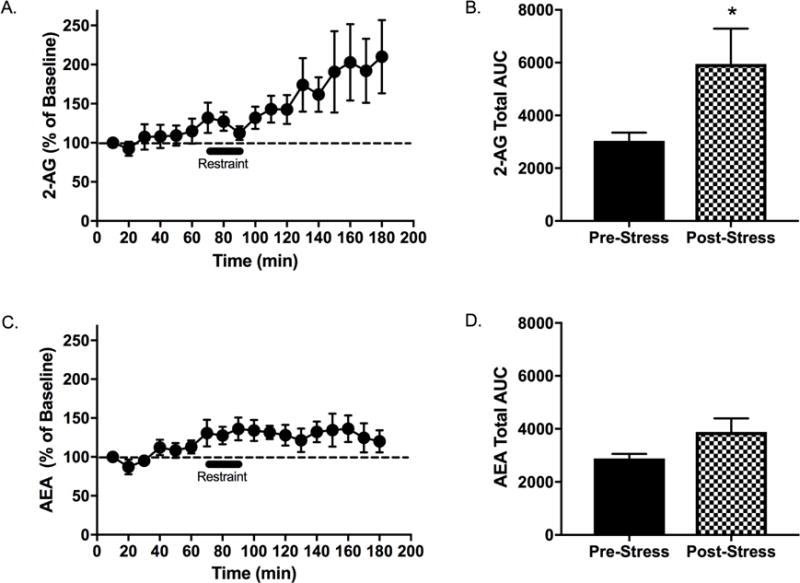Figure 2. Acute restraint stress mobilizes 2-arachidonoylglycerol (2-AG) in the lateral habenula (LHb).

In vivo microdialysis recordings revealed a significant effect of time on the concentration of (A) 2-AG (F17,136 =3.50, p<0.001, ηp2 =0.30) and (B) anandamide (AEA) (F17,136 =3.30, p<0.001, ηp2 =0.29) in the LHb. Area under the curve (AUC) analysis comparing the 30-min pre-stress epoch to the final 30-min post-stress epoch revealed a significant effect of immobilization stress to increase the concentration of (C) 2-AG (t36=2.79, p=0.01, d=3.0), but not (D) AEA (t36=0.96, p=0.69, d=0.82) in the LHb. n=10, * denotes significance at p<0.05.
